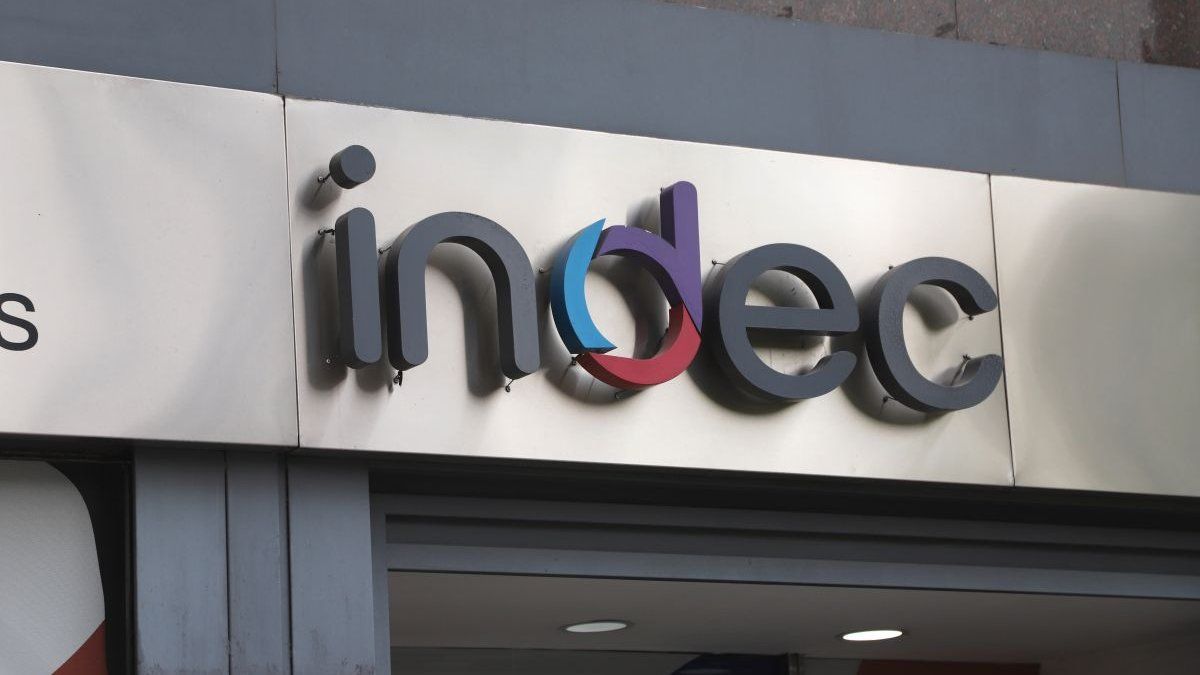Within the inflation index of 8.8% average for April there are items such as Housing, water, electricity, gas and other fuels that traveled at 35.6% monthly, showing the impact of rate adjustment; and others such as food and non-alcoholic beverages, which slowed to 6%. How did each item behave and why do Economy look more at the evolution of core inflation?
The first single-digit index since October of last year pleased and reassured the Economy and from the Treasury Palace They focused on core inflation, which was 6.3% “the lowest figure since January 2023”they highlighted.
The Minister of Economy had been anticipating some of this, Luis Caputo, in the own and preliminary surveys carried out by the Treasury.
15 days ago, in a meeting with the Mediterranean Foundation, he said that “this month core inflation is going to surprise more than one” and that “the decline was going to continue in May.” But by looking at the divisions, you can better understand why the Government seeks to “raise the price” of core inflation.
The division with the greatest increase in the month was Housing, water, electricity, gas and other fuels (35.6%), due to increases in gas, water and electricity rates. They were followed by Communication (14.2%), due to increases in telephone and internet services, and Clothing and footwear (9.6%), due to seasonal changes. Lastly, Health was above the general index (9.1%), with the conflict in the middle of the prepaid ones.
On the contrary, items that were “passed” with inflation hit a hard brake in April, also victims of the fall in consumption and the perishability of their goods. Alcoholic beverages and tobacco (5.5%), Various goods and services (5.7%) and Food and non-alcoholic beverages with a variation of 6%. Due to the specific weight of food items within the index, it provided a good counterbalance to the sharp increase in rates.
Above national inflation it was also Education, with 8.6%. Below that level were Restaurants and hotels (7.3%), Recreation and culture (7.1%), Home equipment and maintenance (6.5%), all areas impacted by the recession, the slowdown in the economy and lower overall purchasing power. Transport It rose 6.3% and was one of the items that postponed increases in its rates.
So far this year, the division that increased the most was Housing, water, electricity, gas and other fuels (110.5%), followed by Communication (106.5%). Two items with strong deregulations and price updates.
When it comes to food and beverages, unlike other months, there was not as much volatility in price variations in general. The biggest increases and decreases occurred in seasonal products such as round tomato per kilo, which increased by 72% or lettuce, which decreased by 26.6%.
Since core inflation does not take into account, among other things, seasonal variations or the prices of (regulated) public services, it is a number that is more exciting to look at, but of course, increases in rates and price adjustments of the services still need to be done.
We will see in May how much further inflation can go, and if that lasts over time, since the rate corrections postponed in May will have to occur sooner or later.
Conflicts with the bus companies and the UTA, where the bus ticket impacts, or with the debts of Cammesa and the energy generators, where rates have yet to be updated, are on the table.
Source: Ambito




